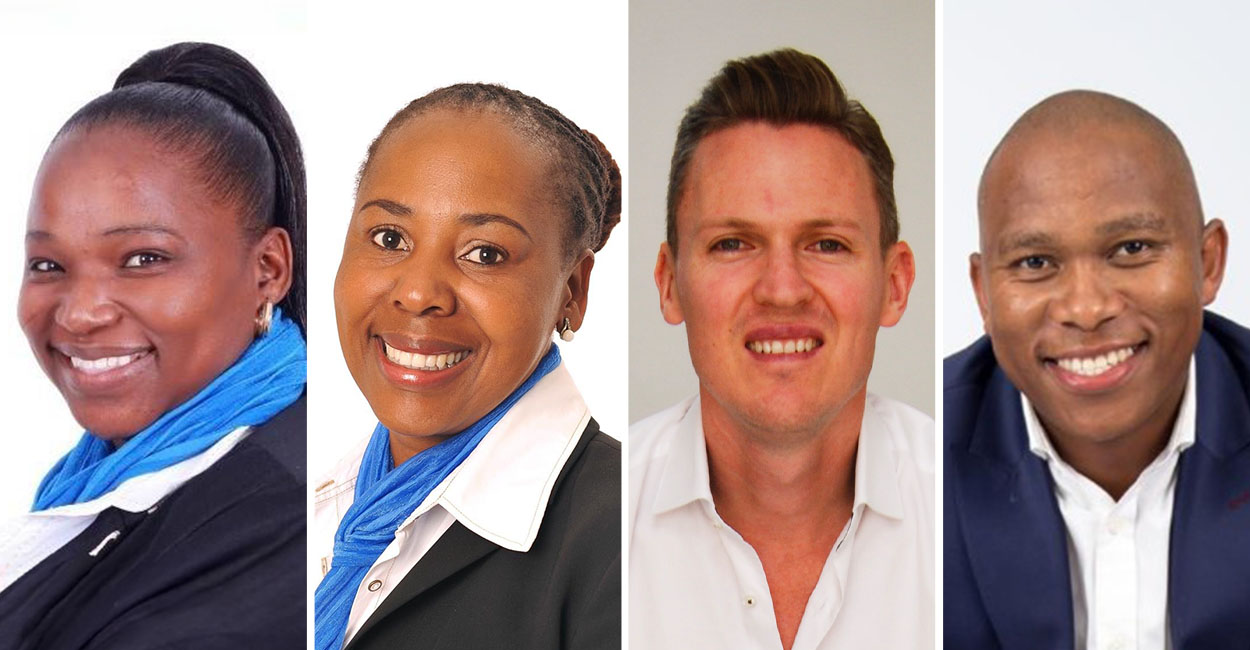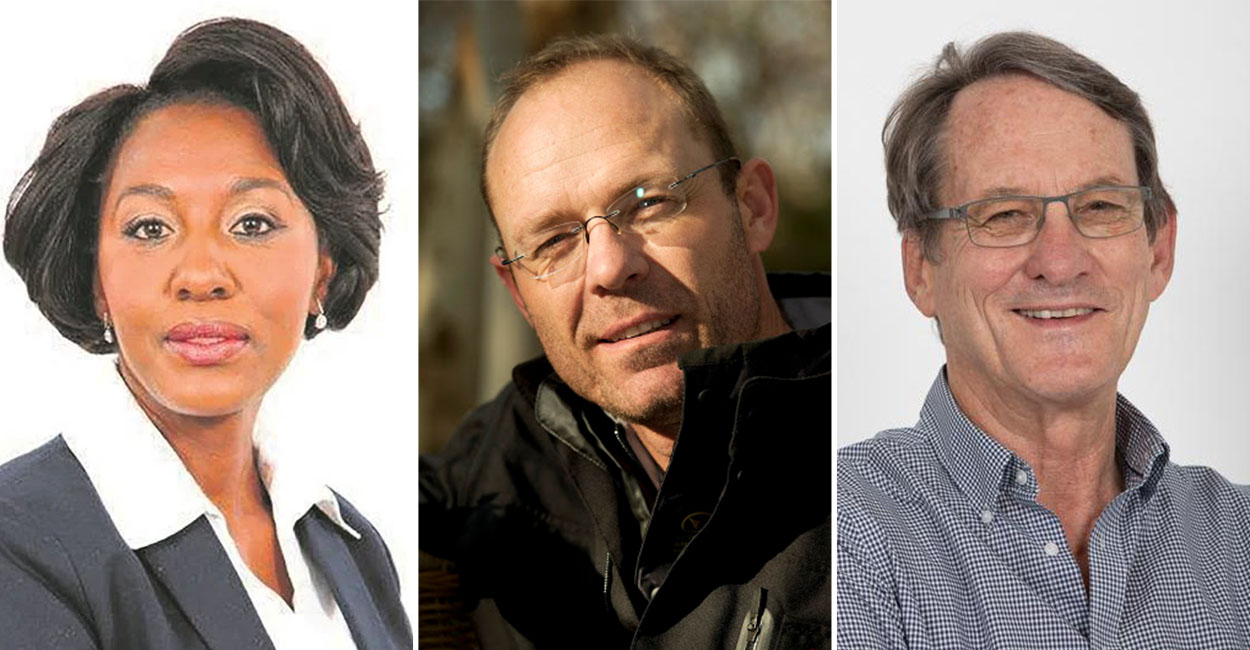Demand for accessible information technology and cost-effective integrated public transport systems will see Modderfontein become a centre with population densities similar to some of the world’s major urban centres.
So says Anthony Diepenbroek, CEO of Zendai Development South Africa which, as part of the Hong Kong-listed Shanghai Zendai Group, will be driving the project to develop 1 600 hectares of land in Modderfontein, near Johannesburg over the next 15 years. Modderfontein New City, the new growth node in Gauteng and South Africa, will cost an estimated R84-billion in the process of moving from drawing board to reality.
“The South African city of tomorrow will be driven by the twin needs of access to information technology and viable integrated public transport systems. Both of these factors are aligned to prevailing development principles, which demand that population densities maximise economic delivery of services – the higher the population density, the less the cost of delivering what are the cornerstone requirements of any major new urban development. South African lifestyles are changing. Many households are facing challenges associated with urban sprawl. People wishing to own homes are finding that to afford a suitable home they are forced to live outside urban centres. The penalty for this is that numerous families are allocating an estimated 40% of their monthly income to transport. In some cases, this challenge restricts the dream of home ownership for many families.
“In this context, a reduction in transport costs, as a percentage of monthly income, allows the saving to be diverted into housing and household expenses. Clearly, if this is done in an environment with convenient access to recreational facilities, the overall outcome becomes an attractive living and working environment,” says Diepenbroek.
“When these factors are taken into account, the advantages of a sustainable (properly planned and developed) ‘smart city’ at scale come into its own – a planned city offering mixed land use that offers convenient commuting to work, is in close proximity to educational and healthcare facilities and provides access to well-appointed apartment living (offering units for sale or rent),” adds Diepenbroek. According to him, build this on information systems that are ‘piped’ at relatively low cost into buildings and access to a truly integrated public transport system, and the South African city of the future is born.
“Although higher densities are perceived to be extreme by some South Africans, the difference is that, until recently, the country has not been able to benefit from a city that has been purpose-designed from the ground up – something that has been achieved successfully in other cities in the world,” he says.
He also points out that what must be taken into consideration is that Africa is growing rapidly. Estimates indicate that the present population will double by 2050, when the continent will be home to about 25% of the world’s population. The middle class is burgeoning across the continent. South Africa, proportional to its population, has the largest middle class on the continent, boasting about 8.3 million people.
“The growth of South Africa’s middle class demands that a new integrated approach to development is adopted. The previous system of creating arteries along which people travel to existing urban centres from outlying areas will simply not be able to cope in the medium to long-term. A system of high-density spines is the only sustainable solution; this solution is aligned to the City of Johannesburg’s ‘Corridors of Freedom’ spatial vision. “Considered development like Modderfontein New City is where the future lies,” explains Diepenbroek.
The development plan for Modderfontein New City therefore presents a natural solution to population pressures. It is located at a natural growth point within Johannesburg, which is growing exponentially, and will enable the existing Gautrain Rapid Rail network to connect Modderfontein to the Johannesburg CBD, Sandton, Pretoria and OR Tambo International Airport. Attention to the development of additional logistics complementing and extending the Gautrain network will further enhance mobility.
With Modderfontein New City predicted to become home to an estimated 100 000 people when it is completed and offering functional development zones that complement urban living (from a bustling CBD to an international conference and exhibition centre) catering for work, live and play with the most extensive access to urban open space in Gauteng, the stage is being set for the creation of a city that will rank with the best in the world.
“Modderfontein plans to serve as a 24-hour district; a place where people will live and interact in an urban environment that is convenient, efficient and safe. It seeks to be a place where people will want to live, work and enjoy the benefits of various recreational offerings on their doorstep,” concludes Diepenbroek.







